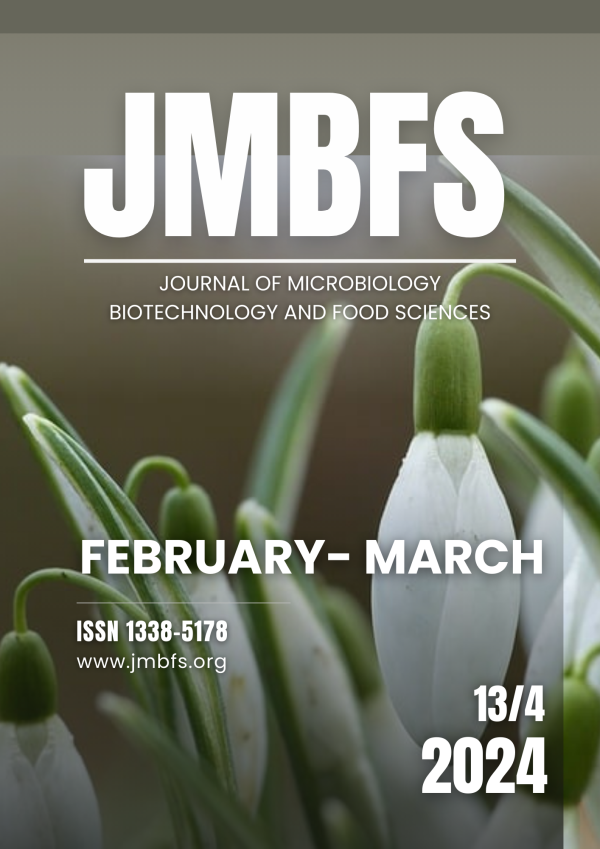A PILOT IN VITRO STUDY ON THE EFFECT OF BLUE HONEYSUCKLE EXTRACT ON HUMAN NON-CANCEROUS AND CANCEROUS OVARIAN CELLS
DOI:
https://doi.org/10.55251/jmbfs.10323Keywords:
Lonicera caerulea L., Ovarian steroidogenesis, 17β-estradiol, Progesterone, TGF-β2, TGFβ2 receptor, TGFβ2 receptor, Apoptosis-inducing factorAbstract
Honeysuckle (Lonicera caerulea L.) is utilized in Chinese, Japanese, and Russian folk medicines for centuries. The berries referred to as blue honeysuckle are recently gaining popularity in central and southern Europe due to remarkable therapeutic potential and widespread use as an ingredient in dietary supplements. The primary objective of this investigation was to examine the impact of blue honeysuckle extract on human ovarian cells – both non-cancerous HGL5 (immortalized human ovarian granulosa cell line) and cancerous OVCAR-3 (human ovarian carcinoma cell line). Cell viability, secretion of steroid hormones (17ß-estradiol and progesterone), human transforming growth factor-β2 (TGFβ-2) and its receptor (TGFBR2), and the level of apoptosis-inducing factor (AIF) were examined in ovarian granulosa cells HGL5, and the same parameters (excepting the steroid hormones) were assessed in ovarian epithelial cancer cells OVCAR-3. Blue honeysuckle ethanolic extract was applied to cells for 24 hours. AlamarBlueTM assay was used to assess cell viability, whereas secretion of steroid hormones was evaluated by ELISA. ELISA was also used to assess the levels of TGF-β2, its receptor TGFBR2 and AIF in HGL5 and OVCAR-3 cell lysates. Based on a range of doses ranging from 5 – 100 μg/mL, the extract from blue honeysuckle had no adverse effects on the viability of human ovarian cells. Futuremore, it did not affect their secretory activity – be it the release of steroid hormones or that of growth factor TGF-β2 and its receptor TGFBR2, nor did induce apoptosis (as revealed by the AIF). The present pilot study for the first time reports the effect of blue honeysuckle extract on ovarian cell models using both non-cancerous cells HGL5 and cancerous OVCAR-3 cells. These findings provide initial insights into the safety and potential utility of blue honeysuckle extract, warranting further investigation into its therapeutic applications. In further research, it is possible to examine a longer exposure time to see if it affects the cells.
Downloads
Downloads
Published
How to Cite
Issue
Section
License
Copyright (c) 2023 Katarína Majerík Behinská, Simona Baldovska, Michal Mihal, Shubhadeep Roychoudhury, Adriana Kolesarova

This work is licensed under a Creative Commons Attribution 4.0 International License.
All papers published in the Journal of Microbiology, Biotechnology and Food Sciences are published under a CC-BY licence (CC-BY 4.0). Published materials can be shared (copy and redistribute the material in any medium or format) and adapted (remix, transform, and build upon the material for any purpose, even commercially) with specifying the author(s).





